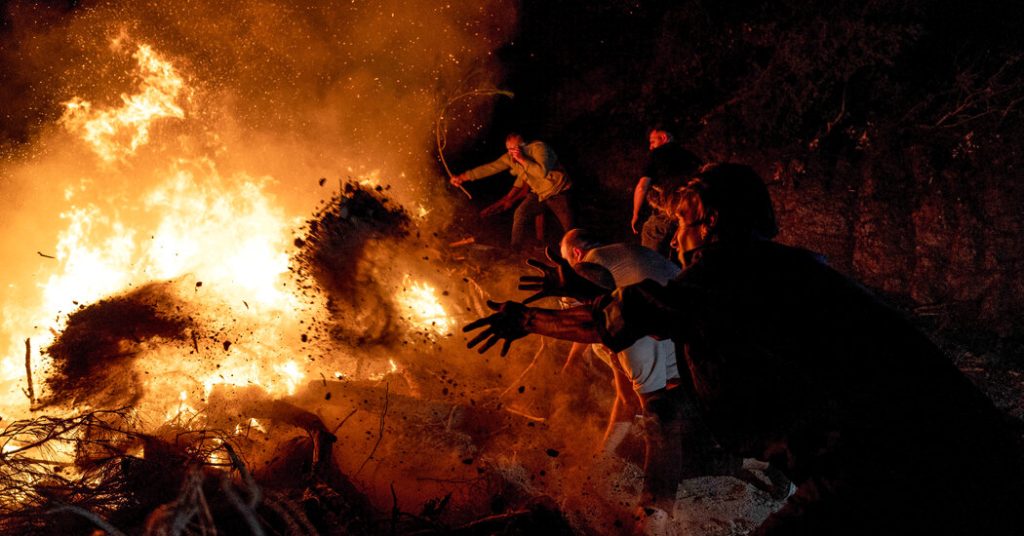The study found that the hottest year on record, 2023, was also the most extreme for wildfires. Both the frequency and intensity of extreme wildfires have more than doubled in the last two decades. Six of the last seven years were the most energetically intense when accounting for the ecological, social, and economic consequences of wildfires. The increase in extreme fires is attributed to the warming and drying climate, which has led to more frequent and intense fires. The findings are shocking and indicate that the effects of climate change are becoming more evident through extreme fire events.
Recent wildfires in places like New Mexico, Southern California, and Turkey have resulted in fatalities and significant damage. Wildfires are not only deadly but also have significant economic impacts, costing the United States up to $893 billion annually. While most fires may be relatively benign, extreme fires can have devastating effects on communities and ecosystems. The study emphasizes the need to address the growing threat of wildfires and their impacts on the environment and society.
The researchers used data collected by NASA satellites over a 21-year period to quantify changes in fire activity over time. They identified over 2,900 extreme fire events out of more than 30 million fires worldwide. These extreme events were characterized by the significant amount of smoke and greenhouse gas emissions they produced, as well as their ecological, social, and economic effects. The study provides valuable insight into the increasing frequency and intensity of wildfires globally.
The increase in extreme fire events was found to be primarily concentrated in two regions – the temperate conifer forests of the western United States and Canada, and the boreal forests of North America and Russia. Driven by climate change, these regions have experienced a significant rise in energetically extreme fires over the past two decades. The study highlights the importance of understanding the underlying causes of extreme wildfires and taking action to mitigate their impacts on communities and ecosystems.
The findings of the study underscore the urgent need to address the root causes of the increasing frequency and intensity of wildfires. As wildfires become larger and more severe, they serve as a clear indicator of a planet that is heating up due to human activities, particularly the burning of fossil fuels. By raising awareness about the connection between climate change and wildfires, there is an opportunity to mobilize support for more rapid and effective action to reduce greenhouse gas emissions and mitigate the impacts of wildfires on a global scale.
Overall, the study provides valuable insights into the alarming trend of increasing frequency and intensity of wildfires globally. The researchers emphasize the urgent need to address the underlying causes of these extreme fire events, which are linked to climate change. By understanding the impacts of wildfires on ecosystems, communities, and economies, there is an opportunity to take meaningful action to reduce the risk of wildfires and address the root causes of climate change.








